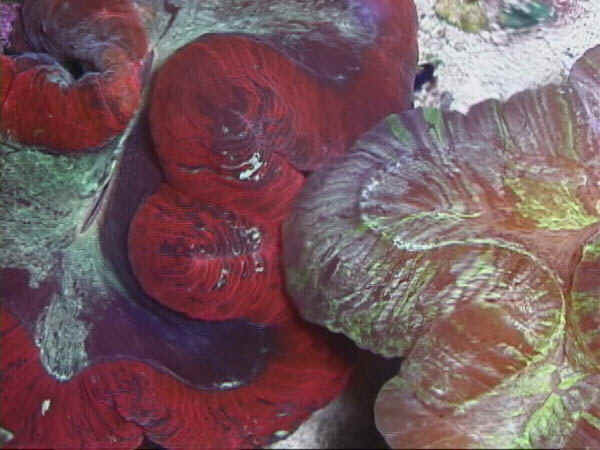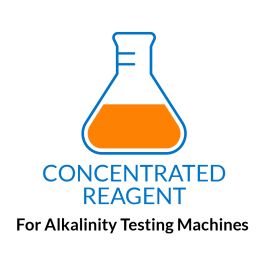- Joined
- Jul 28, 2016
- Messages
- 838
- Reaction score
- 546
How did this mix work out for you? amazon no longer carries the .1N so I may also have to buy the 1.0M (2N) Sulfuric Acid bottle. Any issues by mixing with 950ml RODI? I assume others have the same issue...you can find the .1N elsewhere but it's $70 vs the $45 it used to be on amazon, so this 1 Liter bottle of 1.0M for $22 seems like a better buy, if it worksI could only get a 250ml bottle of 1.0M (2.0N) solution of Sulfuric Acid. I see some posts mentioning diluting the 1.0M solution at a 1:9 ratio to get a .1N concentration. However, isn't 1.0M actually 2.0N and therefore needs to be diluted to 1:18?
For example,
50ml of 1.0M (2.0N) Sulfuric Acid diluted with 950ml water makes .1N solution.
Is this correct?





















